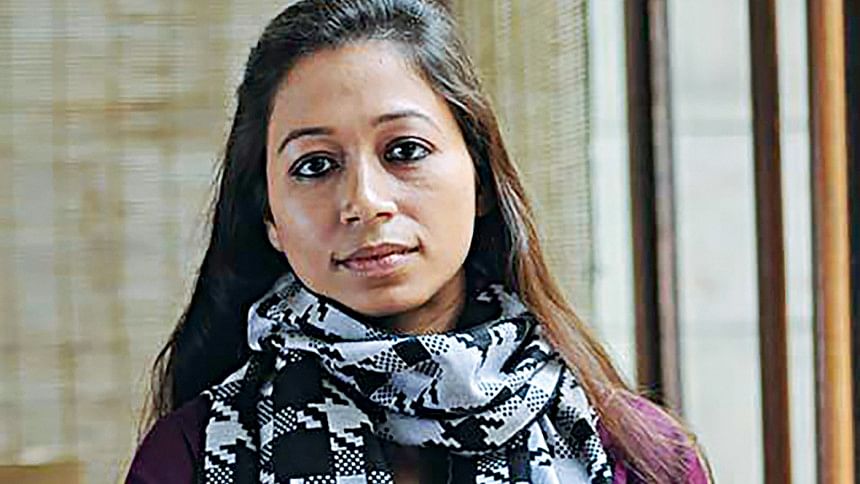“Performance art involves looking at life through a micro lens”

In 'Let Me Get You a Nice Cup of Tea', artist Yasmin Jahan Nupur sits across from spectators at an English-styled tea table, in her white jamdani shari. She serves a cup of home-harvested tea, and enchants people with her storytelling, sharing details about the history of tea and its impact on different cultures.
Her performances encompass a great deal of pre-production. Nupur conducts extensive research into individual, social, cultural, and scientific objects of inquiry. Her practice includes installations and performances that are rooted in history, and find their relevance in her surroundings and community. Nupur has won several accolades for her work, both at home and abroad. She collaborates closely with people from different communities, who are deprived of social benefits.
"I try to read extensively during my research. At the same time, I prepare myself from a month prior to a performance, with a proper diet and exercise regime," says Nupur.

Drawing is a meditative practice for the artist, who credits her teachers Dhali Al Mamoon, Abul Mansur and Mansur Karim for inspiring her during her student years at University of Chittagong.
From 2003 to 2004, French artiste Awena Cozannet conducted a workshop in Chittagong, organised by Britto Art Trust, which Nupur took part in. "I was inspired to try out performance art because of Awena. Her talks were insightful and thought-provoking," recalls the artist.
Her performances often last for long hours. At the 2016 Serendipity Art Festival, Nupur performed for nine hours every day, for four days. She never leaves her performance space during an event.
Her 2014 performance, 'SatontheChair'at Dhaka Art Summit, also showed her diligence. Referring to noted artist Marina Abramovic, Nupur mentioned that in performance art, the emotions are real, whereas in theatre, one imagines and performs role play. "Performance art involves looking at life through a micro lens," she adds. In her project, A Tailor is Sewing the Dress of Tipu Sultan, she uses handwoven muslin-jamdani as a signifier of power and consumption embedded in the contested and violent history of the subcontinent. She began threadwork in 2008, inspired from her mother. Nupur is interested in the socio-political connections of fabrics.
Reflecting on the pandemic, she said that most artists prefer a secluded place to work on their craft. However, the abrupt halt to social activities these days has been difficult to deal with. Along with drawing, she has been writing and working on sound and art projects about 'breathing'. While doing so, she likes listening to Mozart and Beethoven.
"Finding a minute to breathe, especially to combat the panic surrounding the pandemic has been crucial for me, both physically and mentally. I am trying to find an image of our breath," concludes Nupur.

 For all latest news, follow The Daily Star's Google News channel.
For all latest news, follow The Daily Star's Google News channel. 



Comments